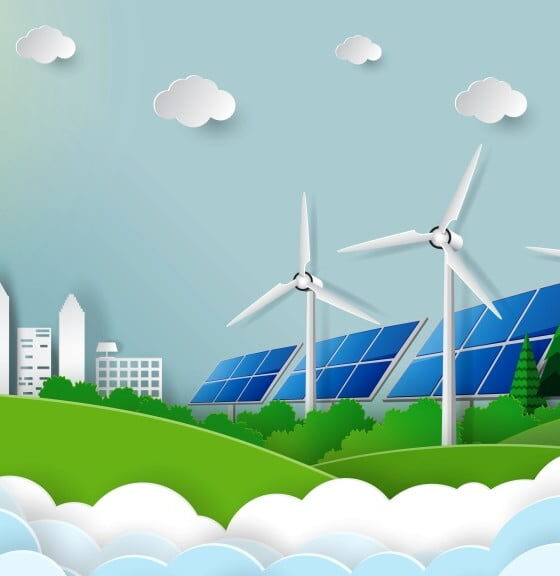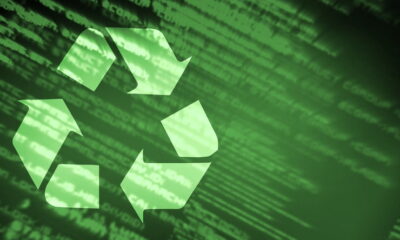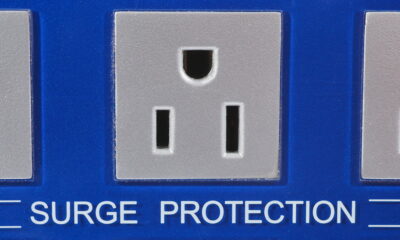There are many different pillars of environmental sustainability. A lot of them can’t really be handled by individuals – for those, corporate and governmental responsibilities are key. But, there are things that you can do as a person who lives on the planet to try to minimize the damage that you personally cause.
You can do things like make your home more efficient, take personal physical responsibility for your body, study what carbon footprints are and how they work, and get rid of any excessive aspects of your life. With those four broad strokes, you should be able to feel like you’re contributing to a better future.
Making Your Home Efficient
For your first effort to create environmental sustainability, start with the appliances and devices in your home. Make sure that you purchase energy-efficient versions of everything, and you update any infrastructure that is creating waste. As an example of that, you can put in low flow toilets and showerheads, which will drastically reduce the amount of waste concerning energy and resources in your home.
Dishwashers, washing machines, and air-conditioners can all be purchased that have energy efficient upgrades as of the latest technological advancements. It’s important to note that there can a little bit of a learning curve when it comes to using these efficient appliances. For example, you’ll use different soap in efficient washing machines, or you’ll use timing setting different with newer furnaces.
Taking Personal Physical Responsibility
It’s not a stretch to say that taking personal physical responsibility for yourself helps the environment. If you maintain a healthy diet and exercise regimen, like following guidelines from All Workout Routines, you’re less likely to end up sick, injured, depressed, or otherwise impaired. Maintaining yourself as a strong, healthy individual will your surroundings.
Think of the difference in energy level between a community that has a healthy adult population, and one that has a population that drinks too much, smokes too much, and eats bad food. Health issues drain your environment of social, mental, and physical resources.
Studying Carbon Footprints
If you’ve never read about carbon footprints, that’s a good place to start if you want to help create an environmentally sustainable future for yourself and the people around you. The major pollution that humans create is in the form of carbon dioxide. And this carbon dioxide is a byproduct of the use of energy and other elements of modern infrastructure.
By understanding what carbon footprint you make, you can help reduce your own pollution output. Recognize that carbon footprint math is imprecise by nature, but at least keeping it as a baseline theory will help you habitualize earth-positive behaviors.
Getting Rid of Excess
Finally, one of the steps that you can take to improve your conscience when it comes to environmental sustainability is to get rid of excess things that you don’t need. If you don’t need two cars, sell one. If you don’t need an industrial washing machine, downsize. If you don’t need lots of extra clothing in your wardrobe, give it away or throw it away. The more of the extra things you get rid of and then don’t replace, the more sustainable your life is as a whole.
In addition, once you start getting rid of clutter, you’ll find that you have more psychological space to work with. You’ll feel that there is more room in your mind for promoting balanced activities with the situations and landscapes around you.


































